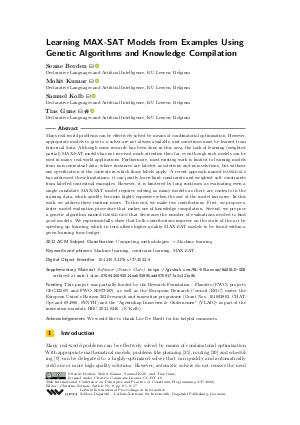LIPIcs.CP.2022.8.pdf
- Filesize: 0.93 MB
- 17 pages

 Creative Commons Attribution 4.0 International license
Creative Commons Attribution 4.0 International license
























Feedback for Dagstuhl Publishing